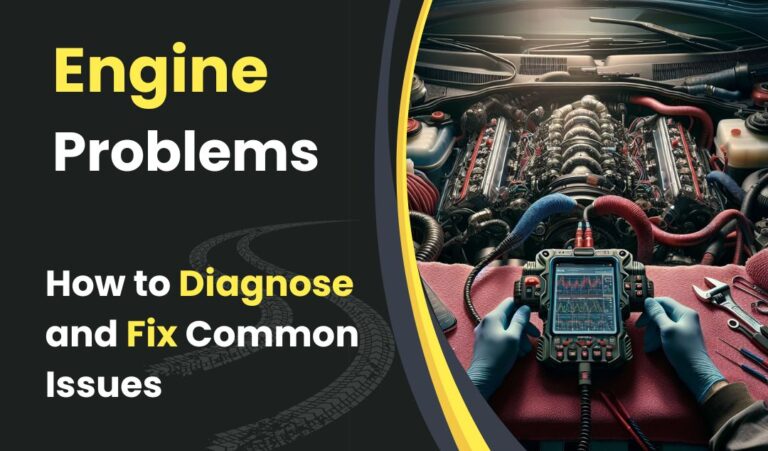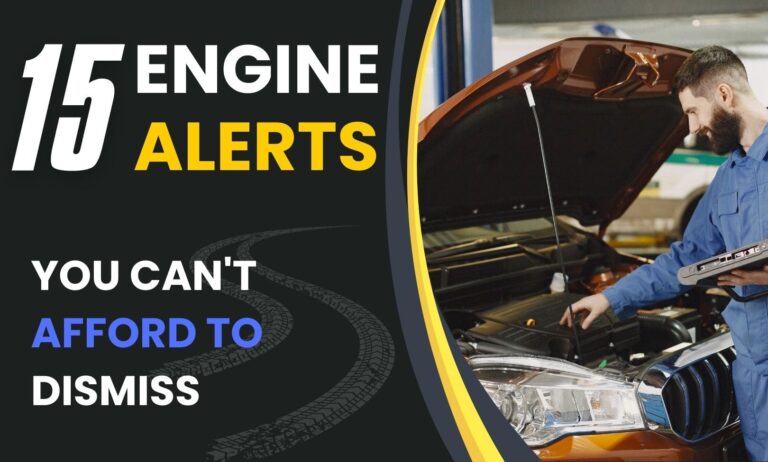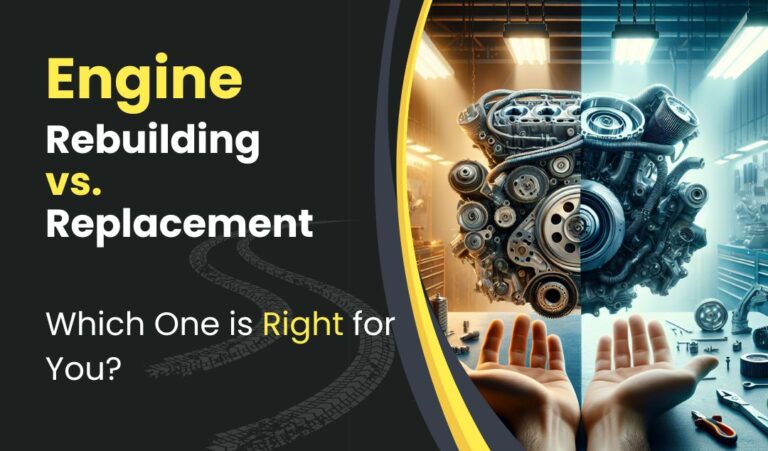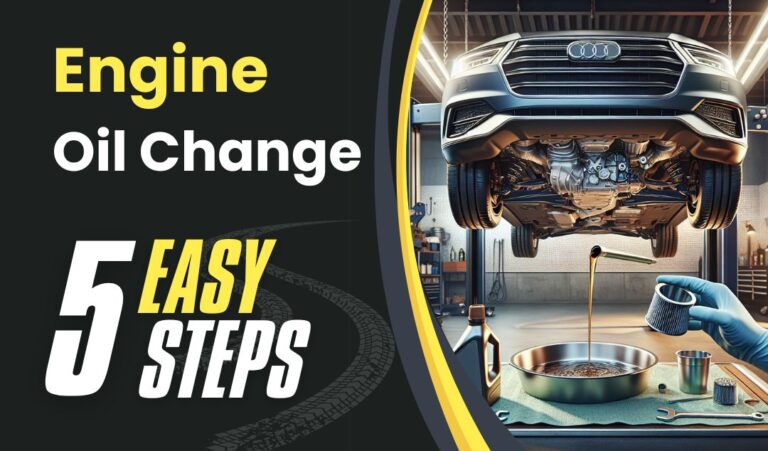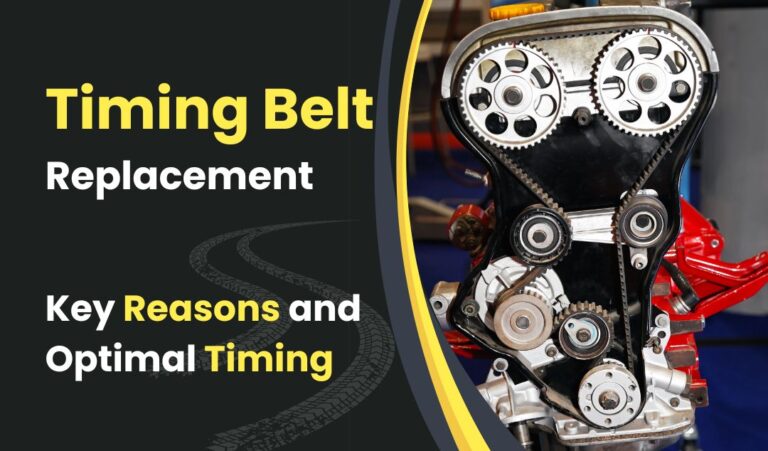Turbochargers vs. Superchargers: Key Differences Explained
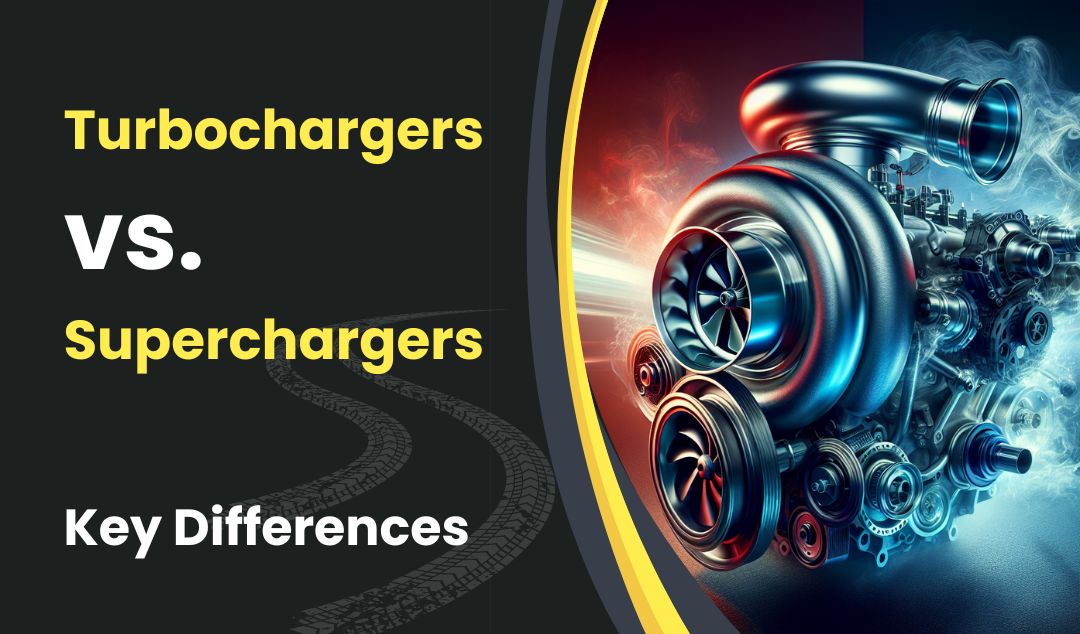
The debate between turbochargers vs. superchargers has long captivated automotive enthusiasts and engineers alike. These forced induction systems have a significant impact on engine performance, fuel efficiency, and overall driving experience. As car manufacturers strive to balance power with environmental concerns, understanding the differences between these two technologies becomes crucial for both industry professionals and car enthusiasts.
This article delves into the inner workings of turbochargers and superchargers, comparing their performance characteristics and exploring their pros and cons. We’ll examine how each system affects engine power, fuel consumption, and vehicle dynamics. By the end, readers will have a clear grasp of the key differences between turbocharged and supercharged engines, helping them to make informed decisions about which system might be better suited to their needs or preferences.
How Turbochargers Work
Turbocharger Components
Turbochargers consist of three main components: the turbine, the compressor, and the bearing system. The turbine wheel, located in the turbine housing, converts exhaust heat and pressure into rotational force. Connected to the turbine via a shaft is the compressor wheel, housed in the compressor cover. The central hub rotating assembly (CHRA) supports the turbine shaft and houses the bearings, which are crucial for handling the high rotational speeds exceeding 100,000 rpm.
Exhaust-Driven Operation
Turbochargers operate by harnessing the energy from exhaust gasses. As the engine produces exhaust, it flows into the turbine housing, causing the turbine wheel to spin. This rotation is transferred to the compressor wheel through the shared shaft. The process is entirely powered by the exhaust flow, with no mechanical connection to the engine itself.
Boost Pressure Generation
The spinning compressor wheel draws in ambient air and compresses it, increasing its density. This compressed air is then forced into the engine’s cylinders, allowing for more fuel to be burned in each cycle. Many turbocharged engines incorporate an intercooler to cool the compressed air further, increasing its density and reducing the risk of engine knock.
Get peace of mind with our comprehensive diagnostic check.
Pros and Cons
Turbochargers offer several advantages:
- Increased power output without increasing engine size
- Improved fuel efficiency
- Better performance at high altitudes
- Reduced emissions due to more complete fuel combustion
However, they also have some drawbacks:
- Turbo lag, causing a delay in throttle response
- Increased complexity and potential maintenance issues
- Higher operating temperatures and pressures, which can affect engine longevity
To address these challenges, modern turbocharger systems often include components like wastegates to control boost pressure and blow-off valves to prevent compressor surge. Despite the complexities, turbocharging has become increasingly popular in both gasoline and diesel engines, offering a balance of performance and efficiency that meets modern automotive demands.
How Superchargers Work
Superchargers operate on a simple principle: more air equals more power. By compressing the incoming air before it enters the combustion chamber, these mechanical wonders effectively increase the density of oxygen available for combustion. This process results in a significant boost in horsepower and torque output, transforming an ordinary ride into an extraordinary experience.
Supercharger Types
There are four main types of superchargers:
- Roots Supercharger: The oldest design, utilizing two solid rotors that mesh together to trap and compress air.
- Twin-Screw Supercharger: Similar to the Roots design but with conically tapered rotors that compress air within the supercharger housing.
- Centrifugal Supercharger: Uses an impeller fan to suck air into an intercooler or directly to the engine.
- Electric Supercharger: The newest type, employing an electric motor to pressurize intake air, found in some 48V hybrid systems.
Engine-Driven Operation
Unlike turbochargers, which use exhaust gasses, superchargers draw their power directly from the crankshaft. Most are driven by an accessory belt wrapped around a pulley connected to a drive gear. This gear, in turn, rotates the compressor gear. Superchargers can spin at speeds as high as 50,000 to 65,000 rotations per minute (RPM), translating to a boost of about 6 to 9 pounds per square inch (psi).
Immediate Power Delivery
Superchargers offer instant boost capability and increased low-end power. Being connected to the crankshaft, they provide an immediate elevation in vehicle power as soon as the pedal is pushed. This results in rapid acceleration and heightened vehicle responsiveness from the start, making them ideal for those who prioritize swift and powerful vehicle starts.
Pros and Cons
Pros:
- Instant boost and improved throttle response
- Increased low-end torque
- Consistent power delivery across the RPM range
- Effective at high altitudes where air density is low
Cons:
- Less fuel-efficient compared to turbochargers (20-25% less)
- Requires engine power to operate, potentially reducing overall output
- May require premium-grade fuel
- Regular maintenance needed to manage additional stress on engine components
Superchargers add an average of 46 percent more horsepower and 31 percent more torque to an engine. However, they also absorb some of the engine’s power to operate, which can affect overall efficiency. Despite this trade-off, superchargers remain a popular choice for those seeking immediate power boost and enhanced driving dynamics.
Get peace of mind with our comprehensive diagnostic check., Right at your Doorstep!
Performance Comparison
Power Output
Both turbochargers and superchargers significantly boost engine power, but they achieve this in different ways. Superchargers typically provide a 30% to 50% increase in horsepower, while turbochargers offer a 25% to 40% boost. The supercharger’s direct connection to the engine allows for a linear powerband, resulting in consistent power delivery across the entire rev range. Turbochargers, on the other hand, are most effective within a specific rev range, which can lead to a more variable power output.
Fuel Efficiency
Turbochargers have an edge when it comes to fuel efficiency. By harnessing the energy from exhaust gasses, they add power without significantly impacting fuel consumption. This makes them ideal for smaller, more fuel-efficient engines seeking a performance boost. Superchargers, however, draw power directly from the engine, which can result in decreased fuel efficiency, especially at higher revs. This difference is particularly noticeable in larger, already powerful engines where superchargers are often used.
Throttle Response
Throttle response is a key differentiator between these two forced induction systems. Superchargers offer instant power delivery, known as “zero-lag,” due to their direct connection to the crankshaft. This immediate response is particularly beneficial for quick acceleration and navigating tight, twisty roads. Turbochargers, however, experience a phenomenon called “turbo lag.” This slight delay in power delivery occurs as the exhaust gasses build up enough pressure to spin the turbine. While modern turbocharger designs have minimized this lag, it’s still noticeable compared to the instantaneous response of superchargers.
| Aspect | Turbocharger | Supercharger |
|---|---|---|
| Power Source | Exhaust gasses | Engine crankshaft |
| Power Boost | 25-40% | 30-50% |
| Fuel Efficiency | Better | Lower |
| Throttle Response | Slight delay (turbo lag) | Instant (zero-lag) |
| Best Application | Smaller, efficient engines | Larger, powerful engines |
Conclusion
The comparison between turbochargers and superchargers sheds light on the unique advantages each system brings to engine performance. Turbochargers have an impact on fuel efficiency and are well-suited for smaller engines, while superchargers offer instant power delivery and are often found in larger, more powerful vehicles. This difference in application highlights how each technology caters to specific driving needs and preferences, giving car manufacturers flexibility to enhance their vehicles’ performance characteristics.
In the end, the choice between a turbocharged or supercharged engine comes down to the desired driving experience and vehicle purpose. Both systems have proven their worth in the automotive world, pushing the boundaries of what’s possible in engine design. As technology continues to evolve, we can expect to see further refinements and possibly even hybrid systems that combine the best of both worlds, to meet the ever-growing demands for power, efficiency, and environmental responsibility in modern vehicles.
Get peace of mind with our comprehensive diagnostic check.

